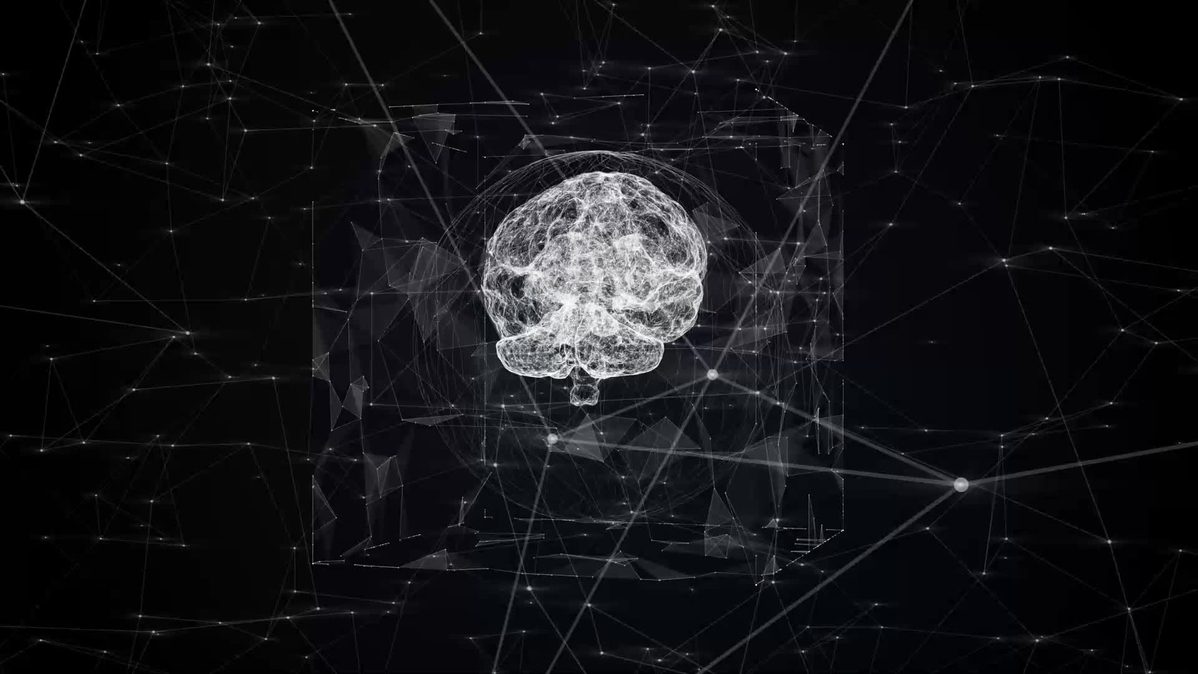Bob Baloh’s interest in drug development’s potential was piqued early in graduate school. At the time, he was working in a lab making growth factors that had potential applications as therapeutics for patients with Parkinson’s disease.
“That’s where I first saw how you could use science to make medicines, and I thought that was the coolest thing ever,” he says.
When it came time to launch his career, Baloh, who is now the Head of Neuroscience at the Novartis Institutes for BioMedical Research (NIBR), opted to be a physician-scientist, a path that allowed him to help patients in the clinic while still conducting research in the lab. That research, he hoped, might one day lead to new therapeutic options for patients in his specialty of neurology, where he focused on neuromuscular diseases — particularly debilitating, genetically driven conditions such as amyotrophic lateral sclerosis (ALS), inherited neuropathies and muscular dystrophies.
In 2012, he took on his first leadership role in academic medicine, returning to his native city of Los Angeles to join Cedars-Sinai Medical Center, a world-renowned hospital system affiliated with the University of California, Los Angeles (UCLA). There Baloh was tasked with building a neuromuscular division in a growing academic neurology program.
During his tenure, he built out a large clinical trials unit for neuromuscular diseases and ran one of the largest ALS clinics on the west coast. But as much as he valued caring for patients, he knew they faced a harsh reality: there were no therapeutic options for their condition — nothing that could change the course of their disease in any meaningful way. It was a situation Baloh had encountered all too often working in the neurodegenerative disease space, and it motivated him to make the jump to industry.
In December 2021, Baloh came to NIBR. He explained his motivations for the move, his approach to strategy and leadership, and his take on the state of the field in a recent interview:




